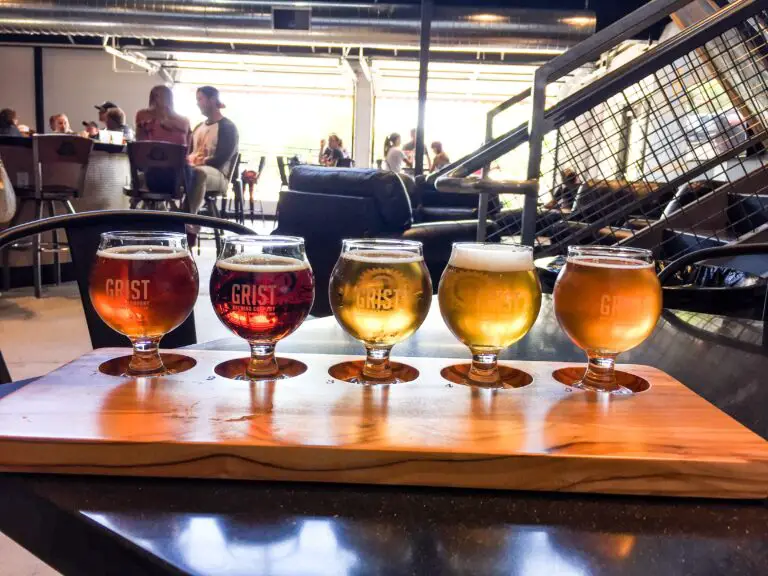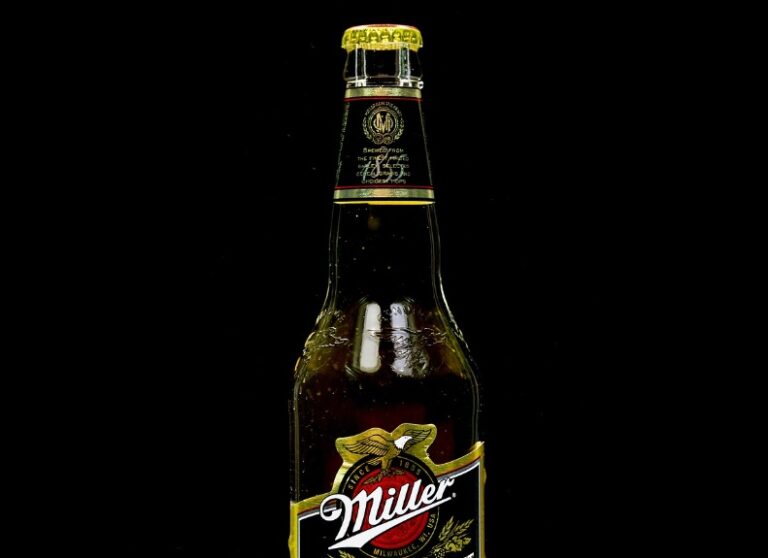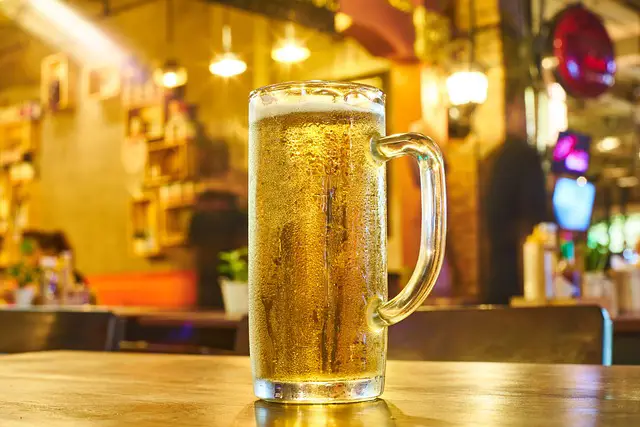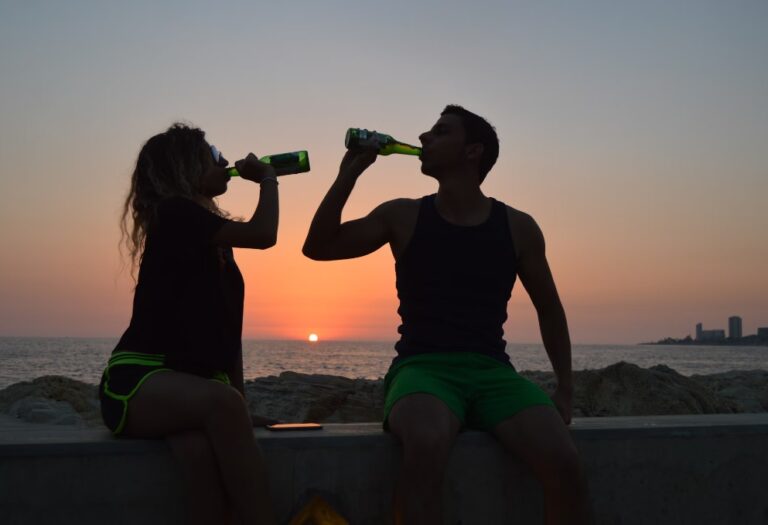Does Coca-Cola Go Bad After Opened?
So, does Coca-Cola go bad after opened? The short answer is… YES – Coca-Cola can go bad after you open it.
Once a bottle or can of Coca-Cola is exposed to air, the carbonation dissipates, affecting the beverage’s taste and quality. Additionally, the presence of sugars and acids in the soda creates an environment conducive to the growth of bacteria and mold.
While Coca-Cola has preservatives that can somewhat inhibit microbial growth, prolonged exposure to air and contaminants can still lead to spoilage. It’s best to consume an opened Coca-Cola can or bottle within a certain timeframe, and make sure to store it correctly to maintain its freshness.
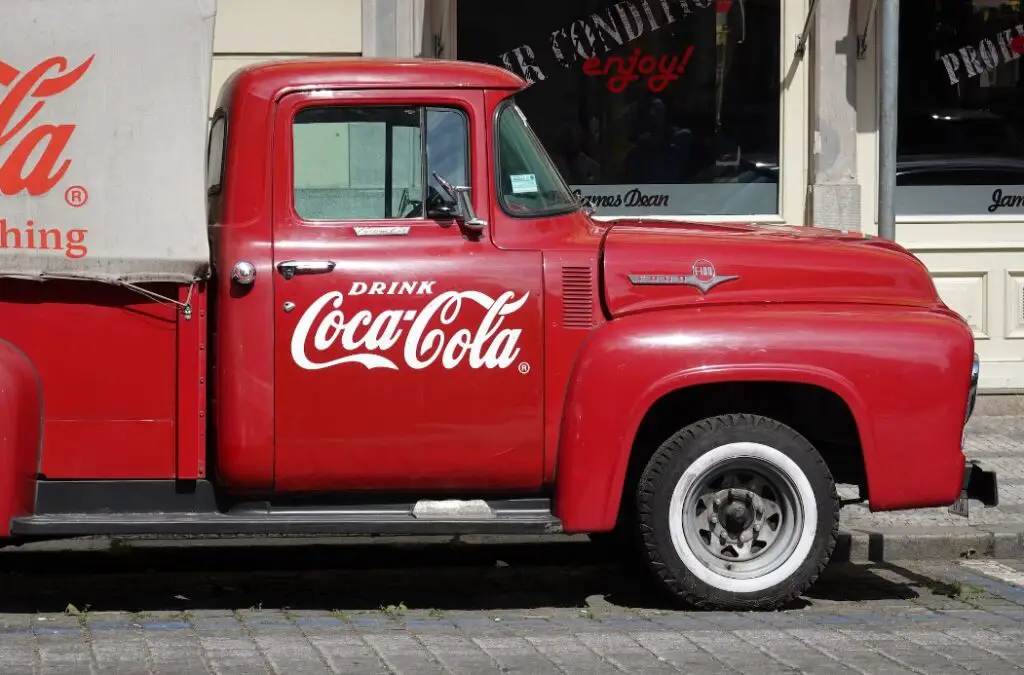
Coca-Cola and its Shelf-life
Coca-Cola, an iconic carbonated beverage, was first introduced in 1886 and has since become a global phenomenon. This fizzy drink is renowned for its unique combination of flavors and effervescent quality. While typically enjoyed fresh from a sealed bottle or can, there may be instances when a bottle is left open. This can happen unintentionally or for those who prefer a less carbonated version.
However, leaving a bottle of Coca-Cola open exposes it to air, initiating a process where carbonation begins to escape, altering the beverage’s taste and texture.
Just like beer, unopened bottles of Coca-Cola have a generally extended shelf life. The expiration date, prominently displayed on the packaging, serves as a guideline for optimal freshness. The packaging, which includes airtight seals on bottles and cans, plays a crucial role in preserving the beverage’s quality.
Factors influencing the shelf life of unopened Coca-Cola include exposure to sunlight, temperature fluctuations, and storage conditions. Properly stored, unopened Coca-Cola can maintain its taste and carbonation for an extended period, ensuring a satisfying experience when opened.
What Happens When You Open A Coca-Cola Can or Bottle?
When a Coca-Cola bottle or can is opened, a series of changes begin to unfold, impacting the beverage’s characteristics. The most immediate effect is the interaction with the air. The carbonation, which gives Coca-Cola its effervescence and characteristic fizz, starts to escape as carbon dioxide is released into the air. This loss of carbonation leads to a gradual decrease in the beverage’s bubbles, affecting its lively and refreshing quality.
As the carbonation diminishes, changes in taste and quality become evident. The initial sharpness and bite associated with the carbonation diminish, resulting in a smoother and less effervescent taste. Some enthusiasts prefer this milder version of Coca-Cola, while others find the original, fully carbonated state more appealing. The rate at which these changes occur depends on various factors, including the temperature, exposure to air, and the duration since the bottle was opened.
Over time, an opened bottle of Coca-Cola can undergo subtle flavor alterations. The sugars and acids present in the beverage may also react with air, potentially impacting its overall taste profile. While Coca-Cola is formulated with preservatives to maintain its quality, prolonged exposure to air may lead to a noticeable decline in flavor. As a result, it is recommended to consume an opened bottle within a reasonable timeframe to savor the beverage at its best.
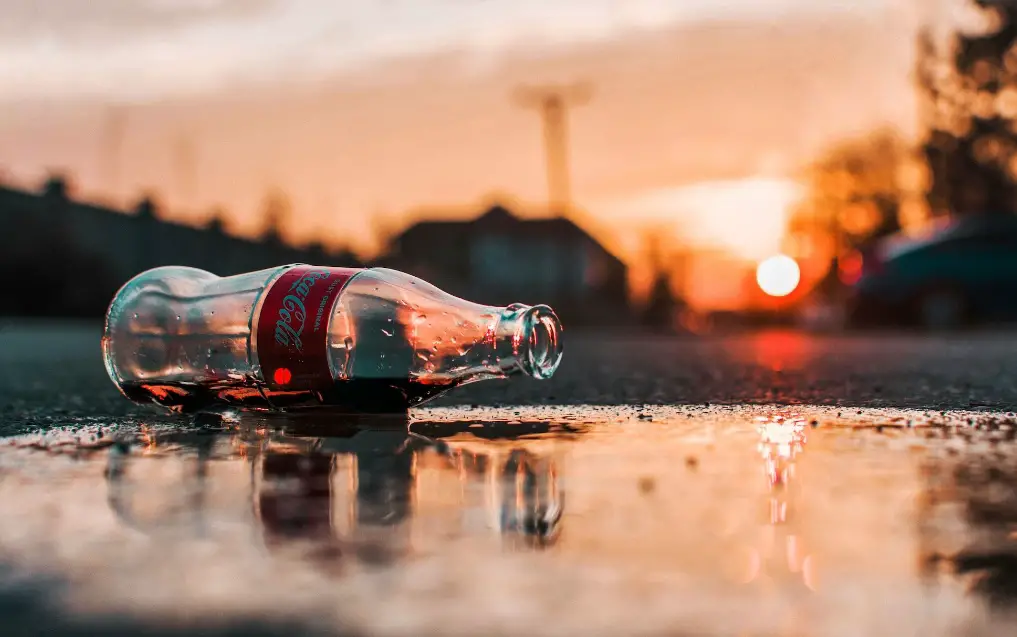
Does Coca-Cola Go Bad After You Open It?
Once a Coca-Cola bottle is opened, exposure to air becomes a pivotal factor in the potential spoilage of the beverage. The interaction with air leads to the release of carbonation, impacting the effervescence and overall texture of the soda. Additionally, the sugars and acids in Coca-Cola create an environment where bacterial growth and mold can occur, especially in the presence of contaminants.
Signs of spoilage in opened Coca-Cola include a noticeable flattening of the beverage, where the once vibrant bubbles diminish over time. Changes in taste may become apparent, with a potential increase in sweetness or a subtle off-flavor. While Coca-Cola has preservatives to inhibit microbial growth, prolonged exposure to air and contaminants can compromise its quality.
It’s essential to be cautious when considering the consumption of spoiled Coca-Cola. Drinking spoiled soda can pose health risks, as harmful bacteria and mold growth may lead to foodborne illnesses. Therefore, if you observe any unusual odors, flavors, or changes in texture, it is advisable to err on the side of caution and discard the opened Coca-Cola. Consuming a spoiled beverage can result in an unpleasant taste experience and, more critically, potential health hazards.
How to Store An Opened Coca-Cola Can or Bottle to Preserve Freshness?
Storing opened Coca-Cola cans or bottles properly is crucial to preserving their freshness and preventing premature spoilage. Here are some key considerations:
- Sealing Techniques: After opening a can or bottle of Coca-Cola, use an airtight seal to minimize exposure to air. This can be achieved by recapping a bottle tightly or using specialized can lids for opened cans.
- Refrigeration vs. Room Temperature:
- Refrigeration: Storing opened Coca-Cola in the refrigerator slows down the loss of carbonation and helps maintain its refreshing qualities. Cold temperatures can also inhibit the growth of bacteria and mold, extending the beverage’s shelf life.
- Room Temperature: If refrigeration isn’t possible, storing opened Coca-Cola at room temperature is acceptable for short periods. However, remember that carbonation loss may occur more rapidly, and the risk of bacterial growth increases, especially in warmer environments.
Can vs. Bottles:
- Cans: While cans are airtight and provide reasonable protection against light, they lack the resealing convenience of bottles. If you store an opened can, consider using a can lid or another airtight cover to preserve carbonation.
- Bottles: Plastic or glass bottles typically have resealable caps, allowing for better preservation of carbonation. A tightly sealed bottle helps protect the soda from external contaminants.
Avoiding Contaminants: Ensure that the rim of the can or bottle is clean before resealing to prevent external contaminants from entering the beverage. This is particularly important for maintaining the quality and safety of the Coca-Cola.
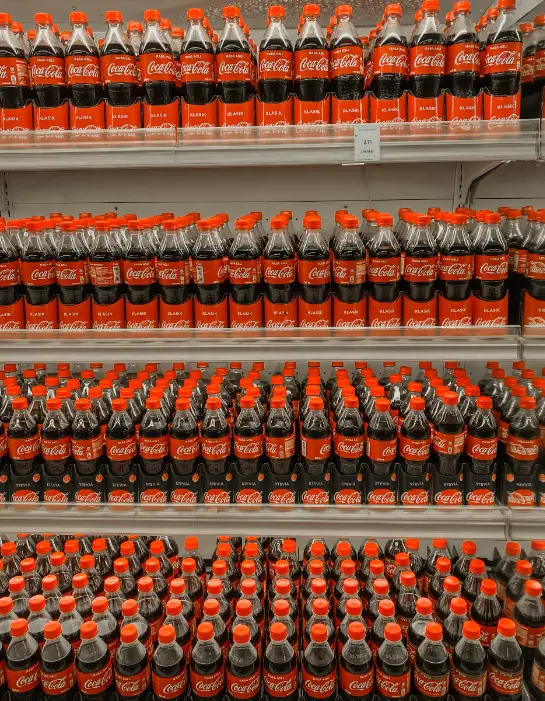
Safety Concerns and Health Risks of Spoilt Coca-Cola
Safety Concerns: Mold and Bacterial Growth Opening a bottle or can of Coca-Cola exposes the beverage to the external environment, making it susceptible to mold and bacterial growth. The soda’s combination of sugars, acids, and water provides an ideal breeding ground for microorganisms. Mold can appear as dark spots or floaters, while bacterial growth may result in off-flavors and odors.
Health Risks of Drinking Spoiled Coca-Cola Consuming spoiled Coca-Cola poses potential health risks. Mold and bacteria can produce mycotoxins and toxins that may cause foodborne illnesses, leading to nausea, vomiting, abdominal pain, and diarrhea. While Coca-Cola contains preservatives to inhibit microbial growth, prolonged exposure to air and contaminants can compromise these defenses, making it crucial to discard spoiled soda.
Myths and Popular Beliefs: Several myths and beliefs surround the idea of spoiled Coca-Cola, including misconceptions about its safety and the duration it remains consumable after opening. Common myths may suggest that fizzy drinks are immune to spoilage or that their high acidity prevents bacterial growth. Addressing these myths is essential to ensure accurate information about the potential risks of consuming opened and spoiled Coca-Cola. Understanding the limitations of preservatives and the impact of external factors is crucial for making informed decisions about beverage safety.
Wrapping It Up
In conclusion, Coca-Cola does undergo changes and potential spoilage after being opened. Air exposure initiates a carbonation loss, altering the beverage’s taste and texture over time. Sugars and acids also create conditions conducive to mold and bacterial growth. Signs of spoilage include decreased carbonation, changes in taste, and potential off-flavors. While Coca-Cola contains preservatives, proper storage, and timely consumption are crucial to maintaining freshness and avoiding potential health risks associated with spoiled soda. Understanding these factors enables consumers to make informed decisions about the safety and enjoyment of opened Coca-Cola.

I am a young architect with a passion that goes beyond blueprints… it’s beer! undertherosebrewing.com is more than just a blog, it’s a manifestation of my lifelong dream to explore, read, and learn everything about beer. Join the blog on this unfiltered and genuine adventure into the heart of beer culture. Cheers!

